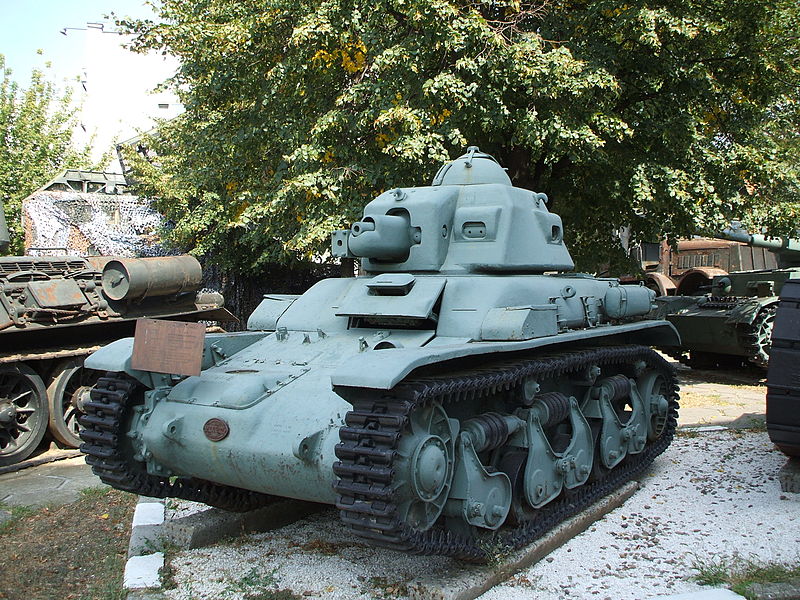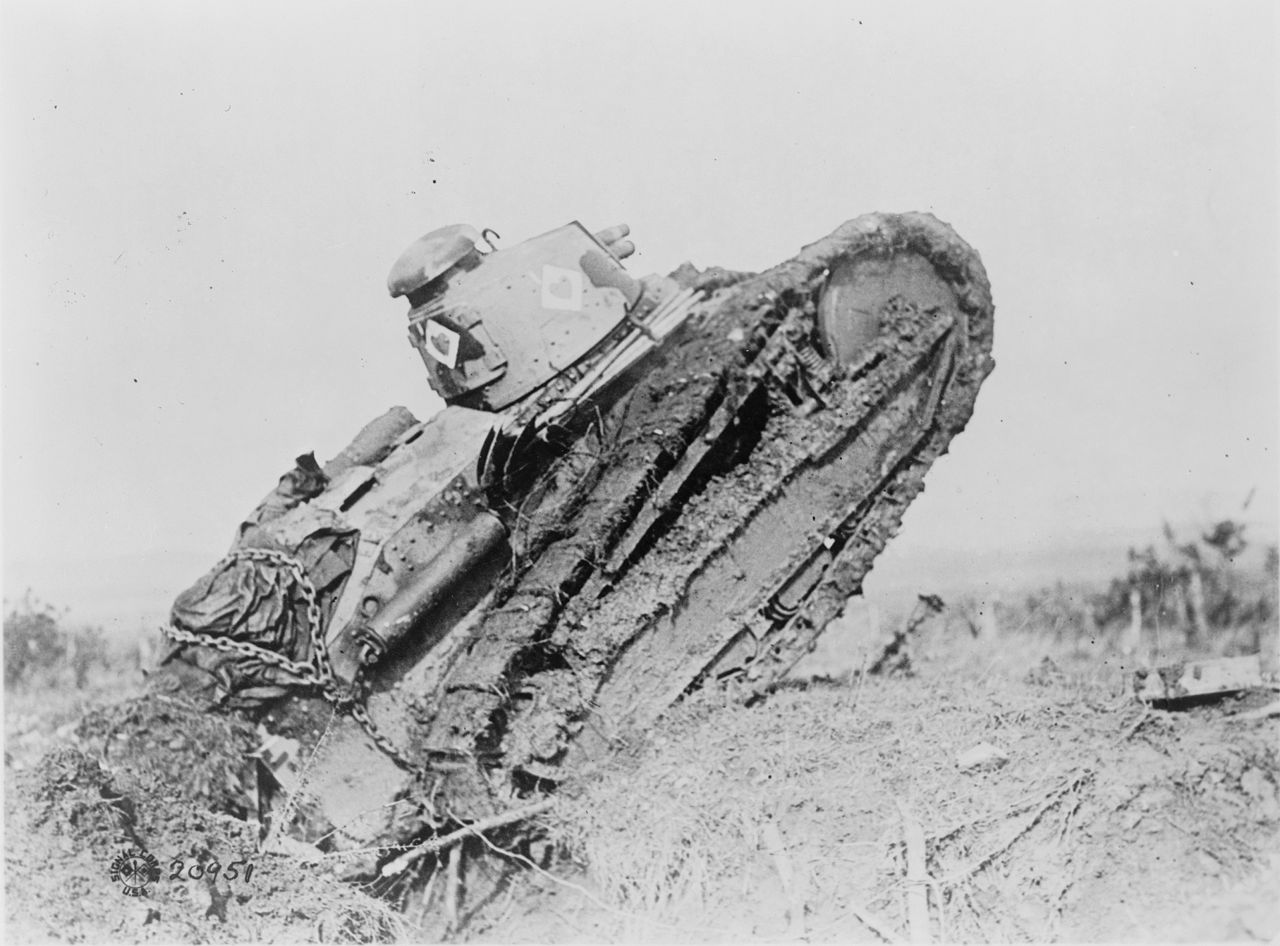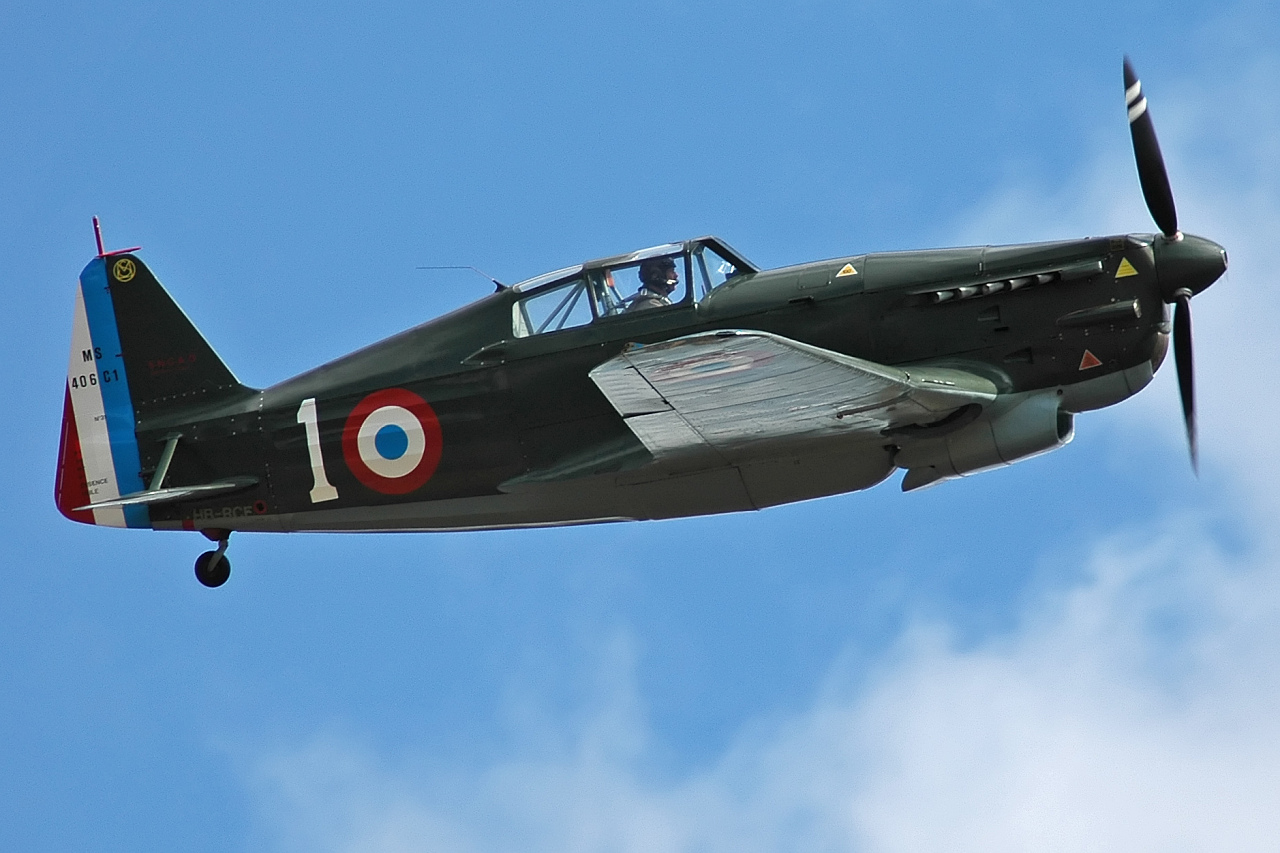
- For PC
- For MAC
- For Linux
- OS: Windows 10 (64 bit)
- Processor: Dual-Core 2.2 GHz
- Memory: 4GB
- Video Card: DirectX 11 level video card: AMD Radeon 77XX / NVIDIA GeForce GTX 660. The minimum supported resolution for the game is 720p.
- Network: Broadband Internet connection
- Hard Drive: 23.1 GB (Minimal client)
- OS: Windows 10/11 (64 bit)
- Processor: Intel Core i5 or Ryzen 5 3600 and better
- Memory: 16 GB and more
- Video Card: DirectX 11 level video card or higher and drivers: Nvidia GeForce 1060 and higher, Radeon RX 570 and higher
- Network: Broadband Internet connection
- Hard Drive: 75.9 GB (Full client)
- OS: Mac OS Big Sur 11.0 or newer
- Processor: Core i5, minimum 2.2GHz (Intel Xeon is not supported)
- Memory: 6 GB
- Video Card: Intel Iris Pro 5200 (Mac), or analog from AMD/Nvidia for Mac. Minimum supported resolution for the game is 720p with Metal support.
- Network: Broadband Internet connection
- Hard Drive: 22.1 GB (Minimal client)
- OS: Mac OS Big Sur 11.0 or newer
- Processor: Core i7 (Intel Xeon is not supported)
- Memory: 8 GB
- Video Card: Radeon Vega II or higher with Metal support.
- Network: Broadband Internet connection
- Hard Drive: 62.2 GB (Full client)
- OS: Most modern 64bit Linux distributions
- Processor: Dual-Core 2.4 GHz
- Memory: 4 GB
- Video Card: NVIDIA 660 with latest proprietary drivers (not older than 6 months) / similar AMD with latest proprietary drivers (not older than 6 months; the minimum supported resolution for the game is 720p) with Vulkan support.
- Network: Broadband Internet connection
- Hard Drive: 22.1 GB (Minimal client)
- OS: Ubuntu 20.04 64bit
- Processor: Intel Core i7
- Memory: 16 GB
- Video Card: NVIDIA 1060 with latest proprietary drivers (not older than 6 months) / similar AMD (Radeon RX 570) with latest proprietary drivers (not older than 6 months) with Vulkan support.
- Network: Broadband Internet connection
- Hard Drive: 62.2 GB (Full client)

 |
Many post war commentators wrongly accuse and the inactivity of France and the United Kingdom during the invasion of Poland by German forces. But few people know that there was actually an offensive made by France in Germany which aimed to stop or slow down the Blitzkrieg over Polish territory. An agreement was signed on May 19th, 1939 , in Paris between General Gamelin and the Polish Minister of War, General Kasprzycki. The most prominent issue was the material support by France, which was accomplished by the delivery of fifty R35 tanks in July 1939. Also, in the event of an invasion or a large numbers of German soldiers heading to Poland, the French army could be asked to act as quickly as possible to ensure that the enemy redirected its forces on a new front.
 |
The Saar offensive consisted of substantial numbers of soldiers and tanks supported by artillery. An ambitious frontal attack was launched on September 4th, on the initiative of the 4th Infantry Division. They were progressing well and almost all their targets and objectives were completed by September 7th. Unfortunately, the Germans had heavily mined and trapped certain strategic points en route, causing the first losses in the French ranks. They faced a kind of mine that was later copied by French engineers where the user guide was actually a direct translation of the German instruction booklet. The famous S-mine , an explosive leaping device, was able to kill within 20 meters by using numerous small steel balls; this revolutionary device was the reason for the loss of many soldiers taken off guard. The armored forces mainly composed of R35 and some FT-17 tanks; the significant threat to these vehicles was the Teller mine, which also proved itself to be successful during the war.
The German First Army, commanded by General Erwin von Witzleben, were relatively few in number with no armor available to oppose the French mechanized units, a great lack of cannons and artillery and, of these 17 units, 10 were reservists. The Germans had no other choice but to withdraw and conduct rearguard combats. By chance, the multiple traps significiently slowed the advance of the invasion and the heavily fortified Siegfried line stopped them completely. The French did not have the necessary means to break through, and an attempt ended in failure near Brebach.
 |
Their initial instructions were to take and hold the conquered territory, and to dig in to establish a first line of defense. Unfortunately, the French general-staff decided otherwise due to the turning tide of the war. The Polish army was almost defeated and German units were transferred to the West starting on September 14th, whilst French air power was now losing its foothold in the skies with the reinforcement of Luftwaffe units in the vicinity. French reserve forces were also unready, and the divisions were more or less scattered. A retreat was decided on September 30th and French units withdrew slowly and gradually while trapping many bridges built by the French engineers. Many anti-tank barricades were established and farm vehicles were used to block village entrances guarded by the French. The German army, meanwhile, was preparing for the attack and launched their counter-offensive on October 16th to reclaim their territory. The last French forces returned to France on October 24th, leaving the borders unchanged in any way. France had failed to lighten the incredible burden on Polish forces.
2 French fighter pilots were lost during the action, their MS.406s were shot during fighting against the Bf-109. The Morane-Saulnier (MS) 406 was one of the most popular French fighter aircraft at the beginning of the war. Reliable, extremely strong and highly maneuverable but lightly armed, it was popular with its pilots.



